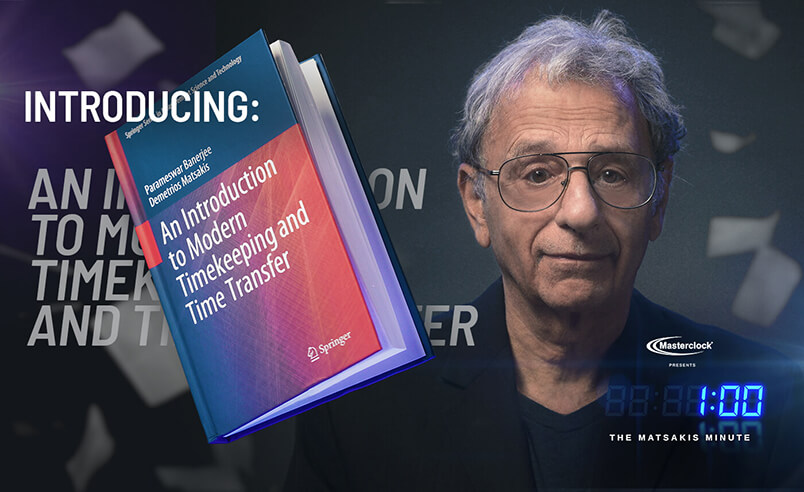Industry Literature - October 24, 2016
Everybody knows about leap years and that extra day that gets added to the calendar every four years or so. However, few know about the leap second, which is added on a sporadic basis to ensure that the 24-hour clock remains accurate to within a second.
2016 Leap Second
Why is it Sporadic?
The world's rotation time is shortening, but the rate of that is not steady. This is because of the changing influences from the Sun, Moon and other bodies, as well as events here on Earth, such as earthquakes.
How Often Does This Occur?
Since we started adding leap seconds in 1972, there have been 26 of them - with the 27th to follow at 11:59:59 p.m. UTC (6:59:59 p.m. ET) on Dec. 31, 2016. The most recent addition occurred on June 30, 2015, which was the first since 2012 and the second since 2008. None were added from 1999-2004, but one was added every year with only five exceptions from 1973-95.
How Does It Work?
When 11:59:59 p.m. UTC arrives on the chosen date (which has always been on either June 30 or Dec. 31 but could also occur on March 31 or Sept. 30 in future years) some clocks go to 11:59:60 p.m. for a second before moving on to midnight. Conversely, should the earth temporarily speed up its rotation, causing the need for a second to be removed, the clock would move immediately from 11:59:58 p.m. UTC to midnight on the chosen date.
Who Determines When to Add or Remove a Second?
The International Earth Rotation and Reference Systems Service (IERS) has been responsible for making these proclamations since it took over that duty from the Bureau International de l'Heure (BIH) in 1988. Announcements are usually made more than five months in advance. This decision is normally made when the difference between International Atomic Time (TAI) and Coordinated Universal Time (UTC) exceeds 0.6 seconds to ensure that it rarely exceeds 0.9 seconds. View the latest Bulletin here.
How Are Computer Networks Affected?
Many computer networks need to be synchronized with UTC. Network Time Protocol is especially important for those working with stock markets around the world, transportation entities such as airlines and air traffic controllers, and telecommunications providers—although ensuring that NTP matches atomic time is essential to a wide variety of organizations and their computer systems.
Unfortunately, leap seconds can negatively affect operating systems, routers, switches, and servers. Sometimes these disruptions are quite extensive. For example, after a second was added to the end of the day on June 30, 2012, Amadeus, Yelp, and LinkedIn experienced crashes and outages. However, every time one of these seconds is added, network administrators are gaining a firmer grasp on how to incorporate them while keeping everything running smoothly.
What Can You Do?
Those responsible for computer systems usually take one of three options when inserting this extra second on or around Dec. 31, 2016, and for any future leap seconds that are scheduled.
- Have the computer system pause for a second, remaining at 11:59:59 p.m. (or any time around the time that the leap second will be added) for two seconds instead of one. Click here to configure your Masterclock device for the upcoming leap second using this method.
- Have the computer system add a second. For example, have it go from 11:59:59 p.m. to 11:59:60 p.m., causing its moving on to midnight to take two seconds instead of one in that manner instead.
- Divide up that extra second and insert it in a variety of moments, usually spread out over a two-hour period. This is what companies like stock exchanges tend to do.
Note that you can take care of this year’s leap second at whatever time works best for you. If 7:59:59 p.m. ET is a busier time for you, consider adding that second, for example, seven hours later, at 2:59:59 a.m., instead. Of course, only consider changing what time the second is added if it is okay for your clock to be one second off for that time period.
Learn more about Masterclock products or browse our Knowledge Center for more information and resources on the timing industry.
Return to Knowledge Center to learn more.

